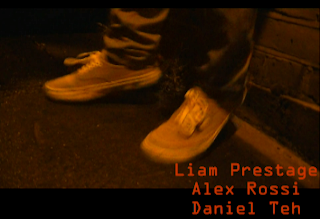Planning Editing Styles
The importance of editing
Editing ensures that each shot smoothly flows into the next one and that a film has a flowing rhythm. Editing also ensures that when filming, you do not have to start filing from the point that you need (you can start filming earlier so that you do not cut too much off of the beginning). It also shows the audience when the pace of a scene increases or decreases. Editing also means that a sequence of shots that may not make sense can be rearranged to look like a normal scene. Editing is needed to cut the beginnings and endings of each shot if they are too long so that only the best bit of the shot is used. Good editing improves the quality of the film even if the footage is mediocre.
The editing types of editing styles I will include in my thriller
I will use the fade editing style because it will show a decrease in pace which shows that the main idea of the scene has changed.
I will also use the dissolve editing style to allow me to put different angles of the same scene into one shot. This would be suitable and effective for the murder scene because we filmed 3 or 4 different angles of the murder itself including a birds eye view shot, a close-up and a medium-shot. By using the dissolve editing technique, the angles will all be syncronised when putting the shots together.
I will also use the jump cut editing style to show different angles of the killer (Liam) chasing the victim (Daniel) because it can show two short clips and have the same effect as showing one long clip. They are not noticeable which makes the film more look more authentic.
How these editing styles will help to make my thriller more conventional
The fade cut effect will ensure that each cut flows smoothly into the next. For example, the killer chasing the victim would show them in different parts of the road.
The dissolve effect allows the audience to see how the victim is murdered by showing different angles of the killing which is often a common feature when showing a murder scene in a thriller film.
The jump cut effect will help to make my thriller conventional because it will enable

















































